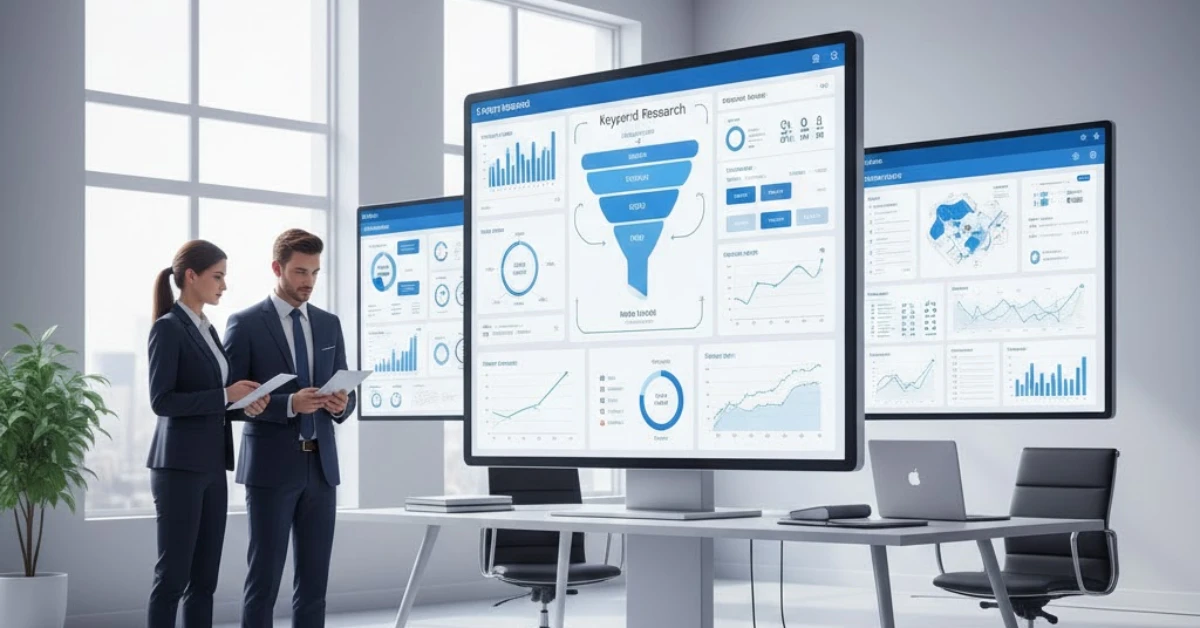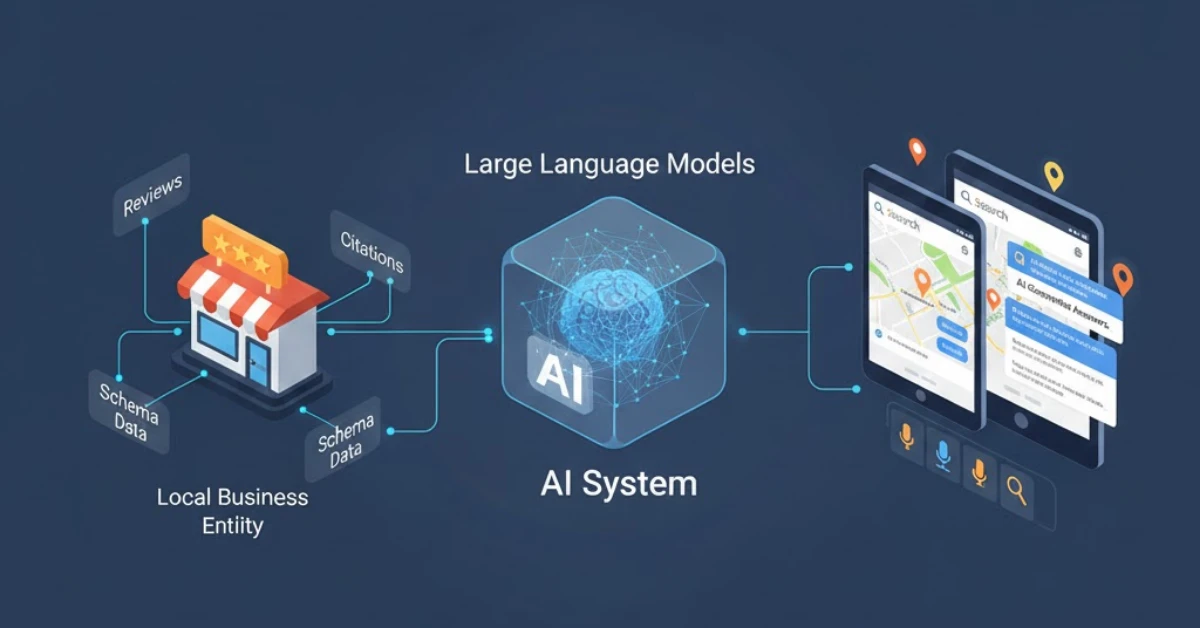Subscribe Now
Popular Feeds
6 Jan 2026

B2B Keyword Research with Right Tool
5 Jan 2026

LLM Local SEO: Evolving Best Practices
3 Jan 2026
Loading
MATSEOTOOLS brings everything you need in one place — from AI tools List, color Library, SEO analyzers, image processing, conversion utilities, text tools, and developer tools to ready-to-use AI prompts & informative blogs.
Easily convert binary to decimal with our online converter. Quick, accurate, and designed for programmers and students.
Loading tool...
Do you need to quickly understand or use binary numbers in a decimal system? Our Binary to Decimal Converter is the simplest, most accurate tool for the job. This online converter instantly transforms binary strings—the foundation of computer language—into familiar decimal values.
Converting from binary (base 2) to decimal (base 10) can be tedious and prone to error when done manually. Our free converter simplifies this process, making it accessible even if you are new to programming or computer science.
For example, if you input the binary number 1011, the tool applies the conversion logic instantly, yielding the decimal result 11. It's an instant conversion, giving you results in a fraction of a second.
This tool is essential for anyone working with digital systems, data storage, or network configuration. Here are a few ways to leverage this powerful converter:
Why choose our tool over manual methods? It's all about expertise, efficiency, and accuracy.
Our converter is built on proven mathematical algorithms. We ensure every binary to decimal conversion is precise, removing the risk of human calculation errors, especially with long binary sequences.
Forget complex formulas and exponentiation. Paste your binary number and get the decimal equivalent immediately. This level of speed is invaluable when you need to process multiple conversions quickly.
Whether you're a seasoned developer or a student tackling your first computer architecture class, our Binary to Decimal Converter online provides a reliable and fast solution.
Ready to see the power of instant conversion? Try our simple, free tool now and make binary headaches a thing of the past!
Quickly browse through various color code models — click below to view and copy swatch-ready color codes instantly.
MATSEOTOOLS brings everything you need in one place — from AI tools List, color Library, SEO analyzers, image processing, conversion utilities, text tools, and developer tools to ready-to-use AI prompts & infomative blogs. Save time, boost creativity, and get work done faster than ever.

Fast, lightweight, and delightful utilities for everyday work.
Explore curated prompts that help you think less and create more — faster, smarter, and effortlessly. Discover ideas instantly, stay focused on what matters, and let creativity flow without the guesswork.
 News & Blog
News & Blog